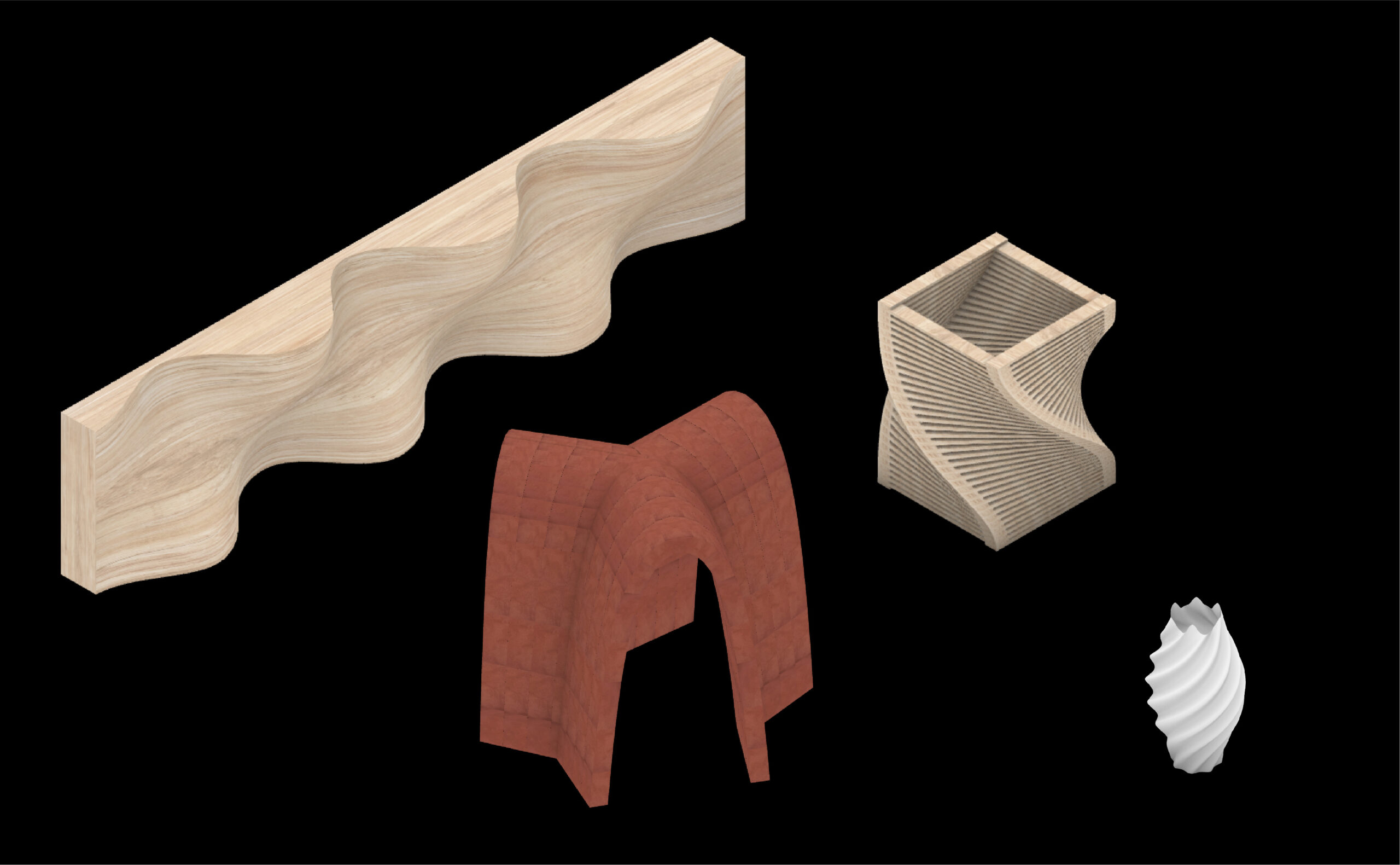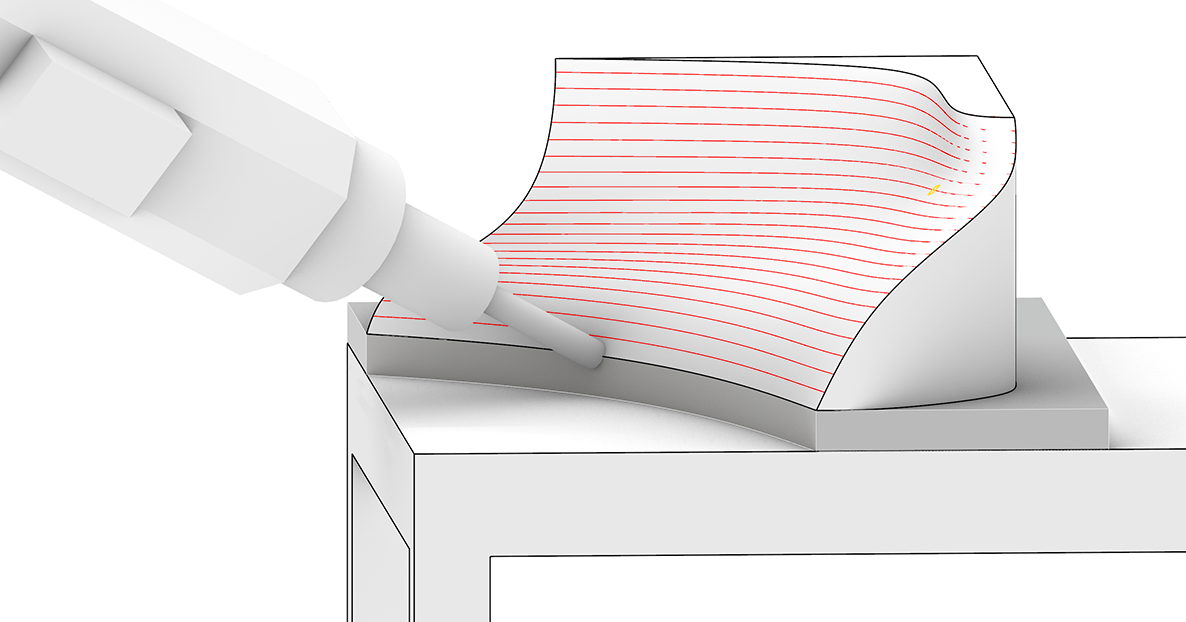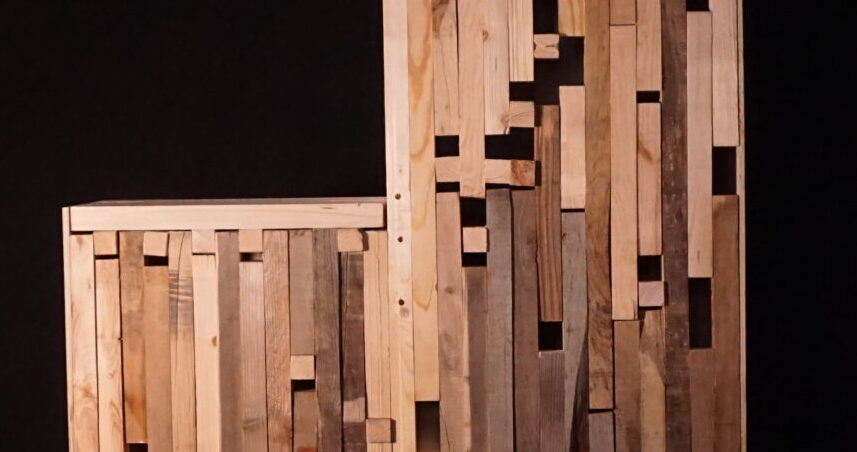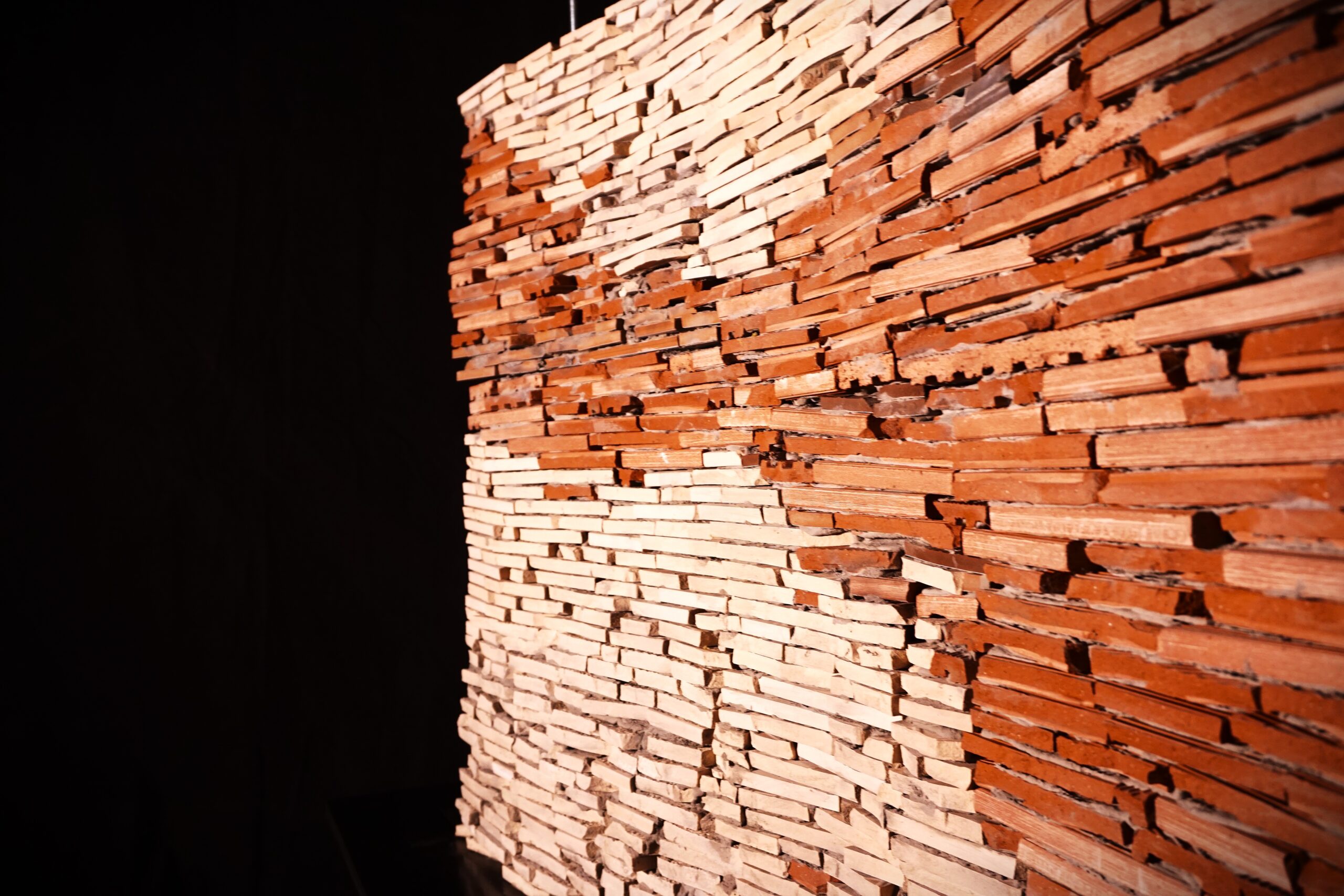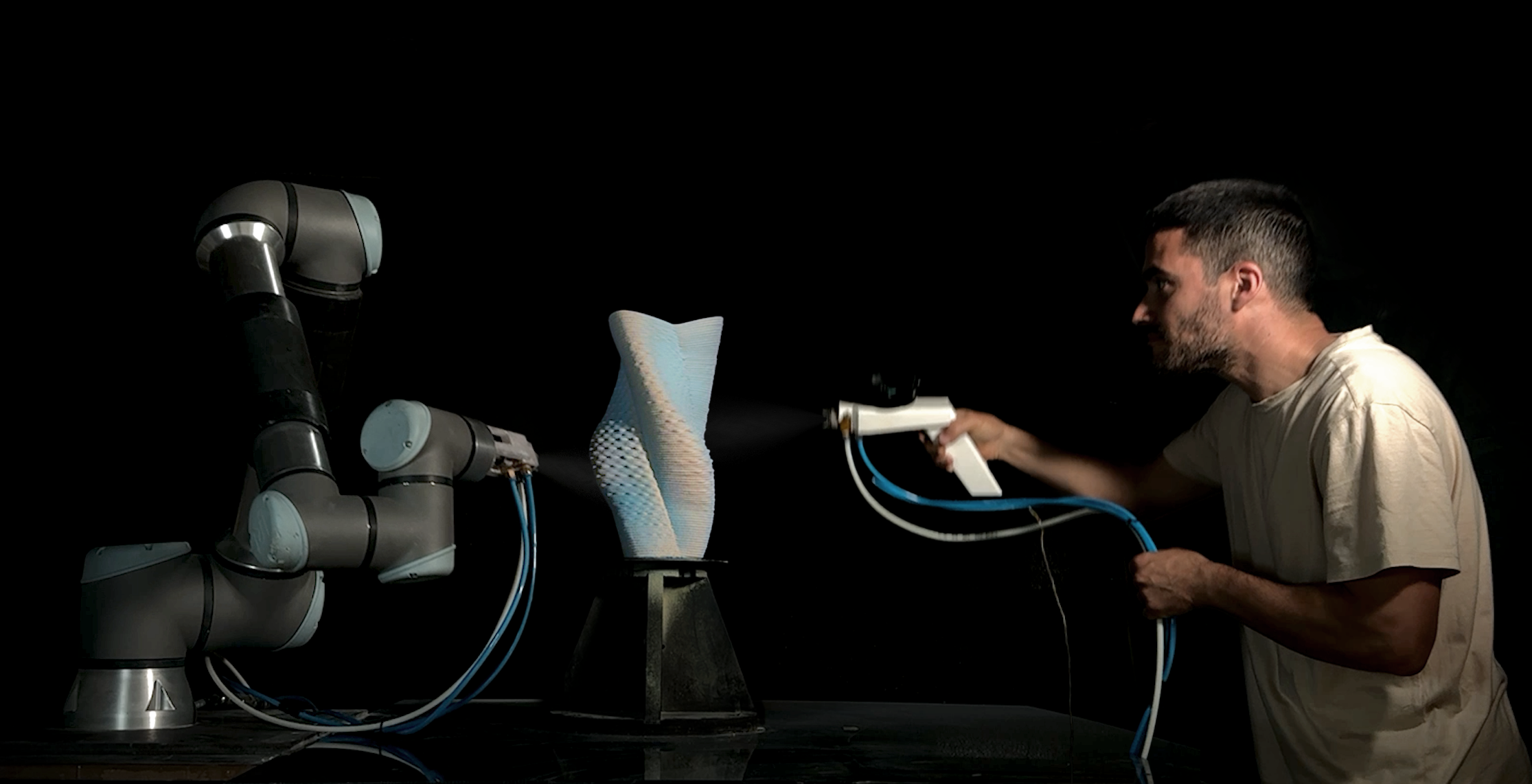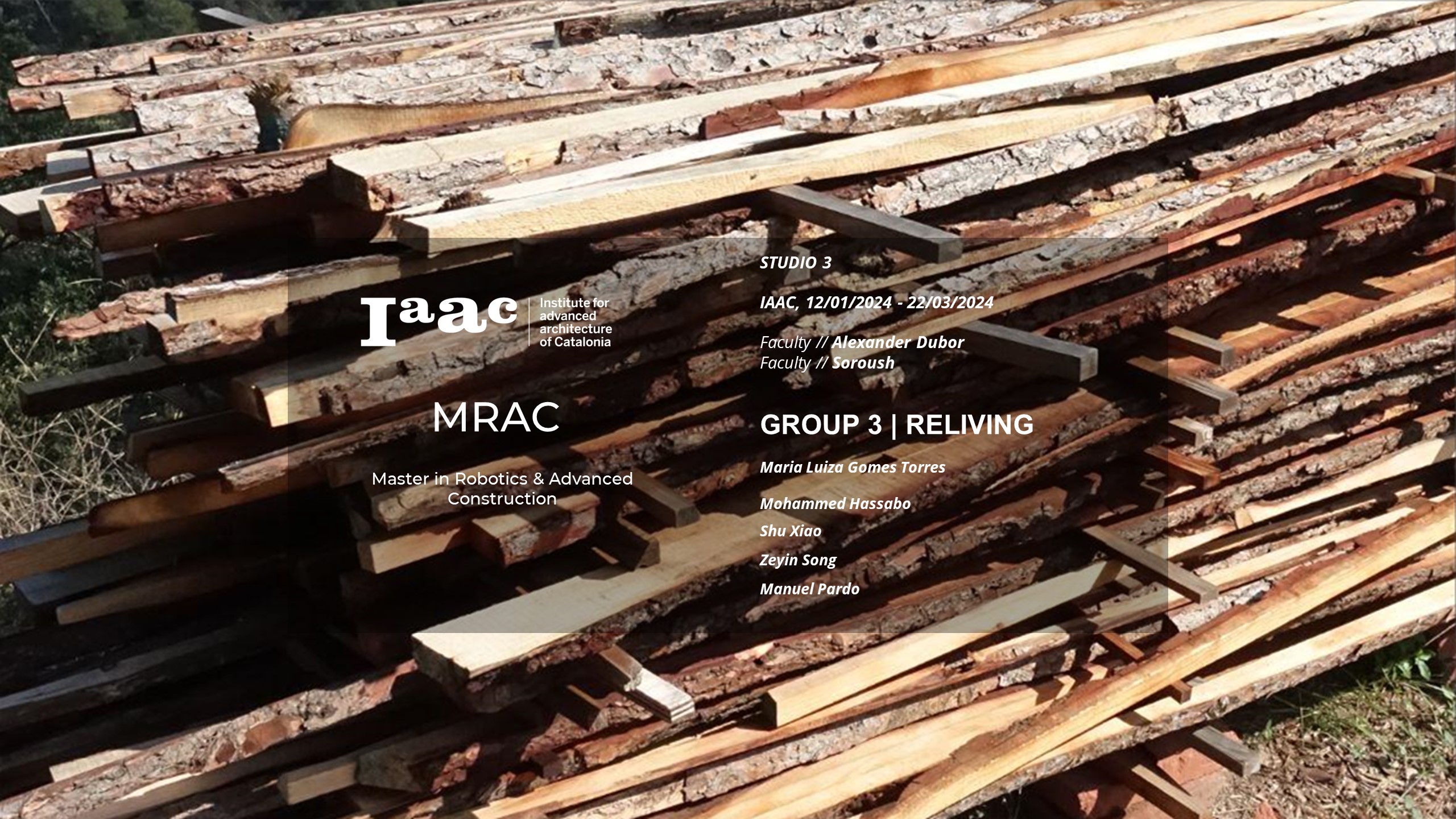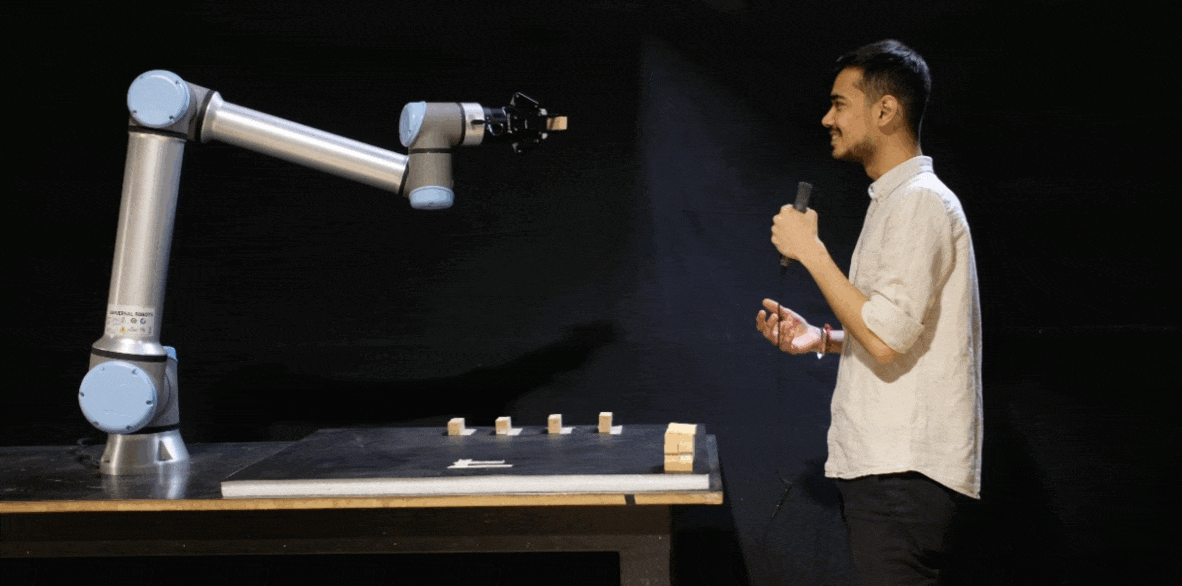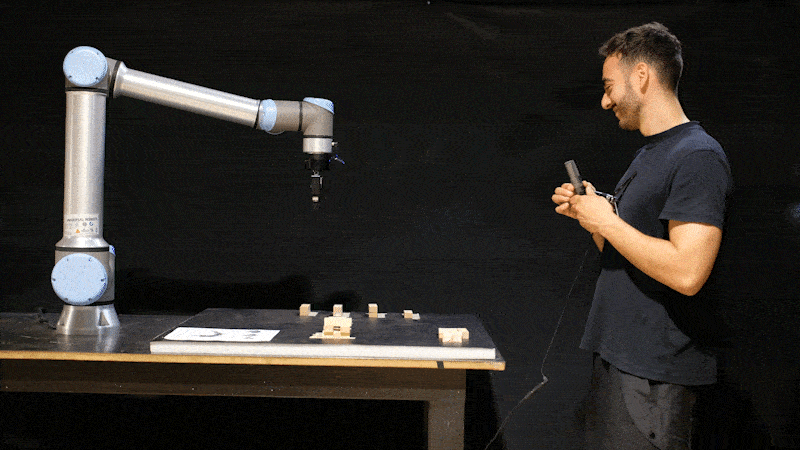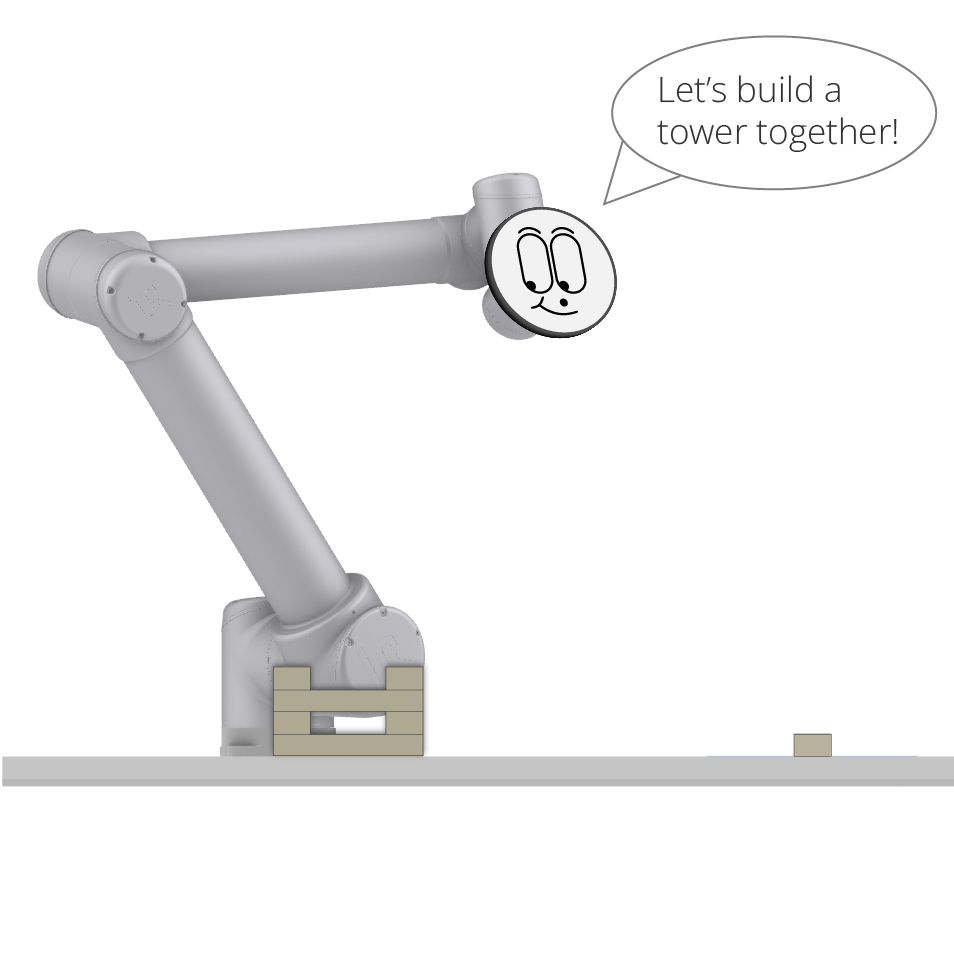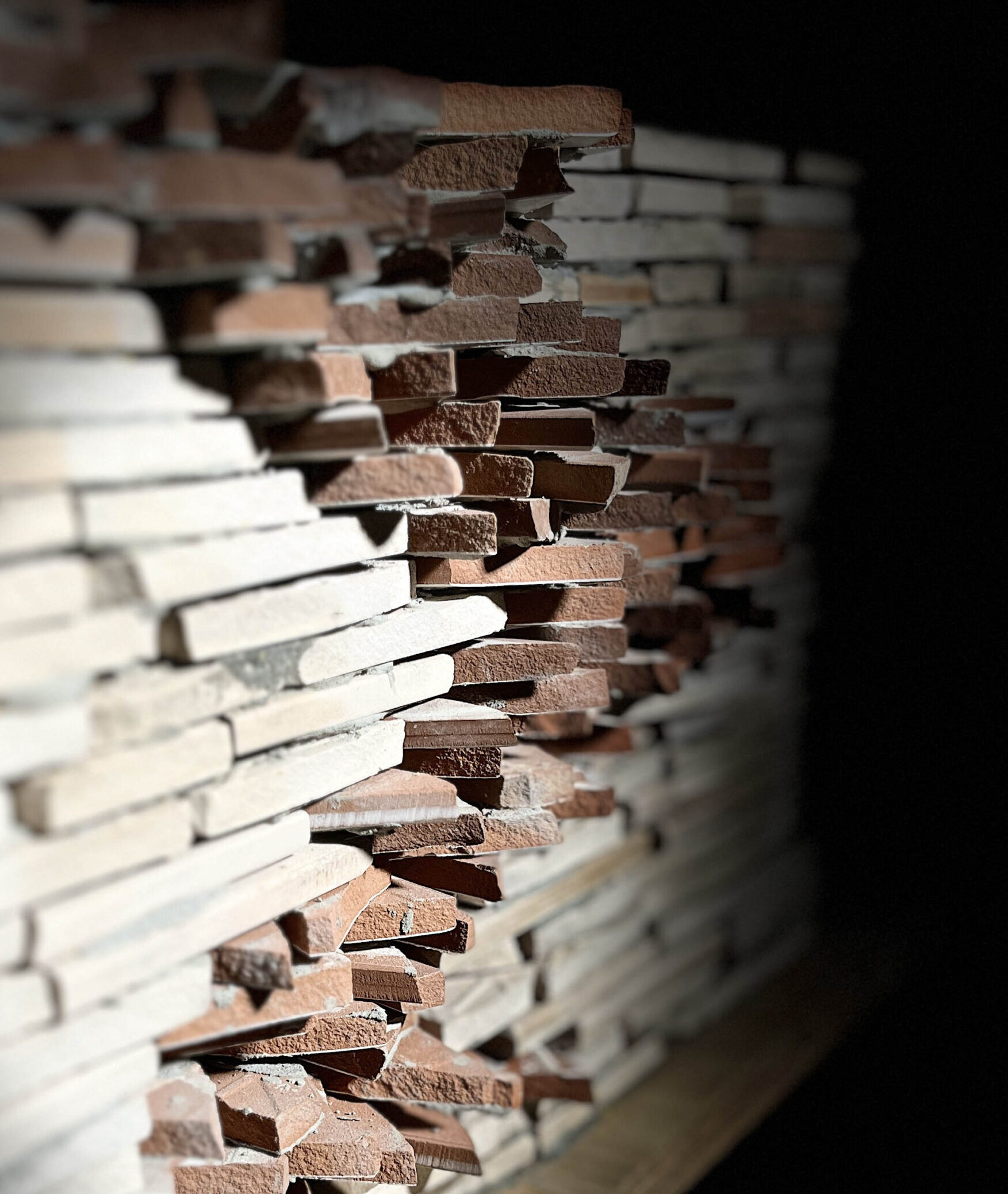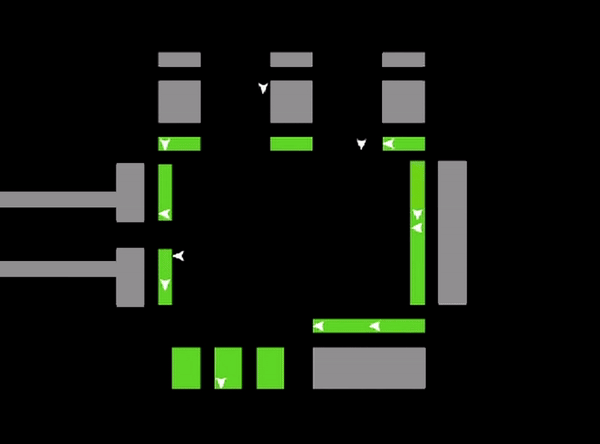Designing Dynamic Forms – Robotic Fabrication Techniques
Team member(s):zeyu chao, Elizabeth.frias.martinez,Chi.Lee 3Dprint pavilion Introduction This project explores the large-scale robotic clay printing of a pavilion, with the geometry divided into four equal segments. The chosen geometry, Segment 1, was further developed into modular units to optimize the construction process. The modular approach allows for efficient fabrication and assembly, enhancing the structural and … Read more

